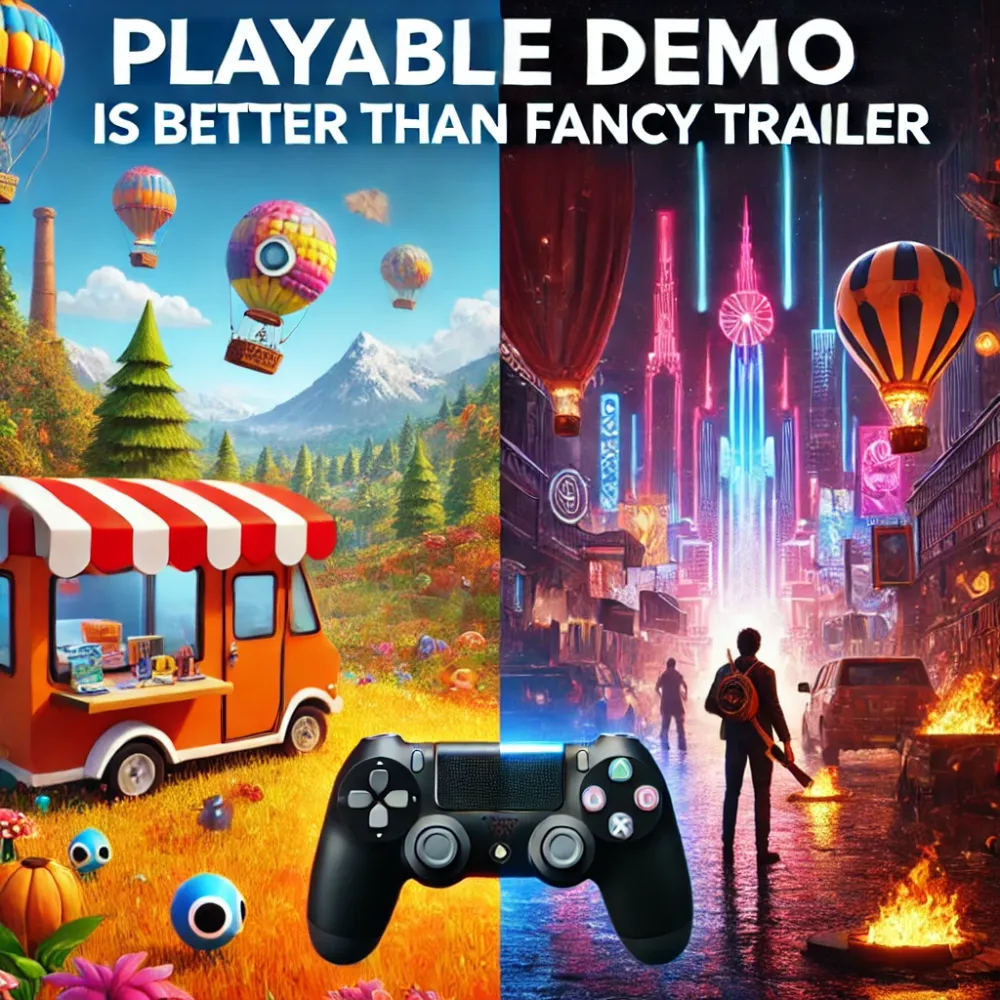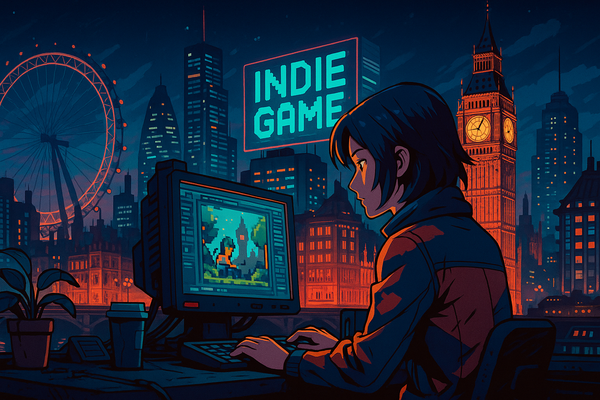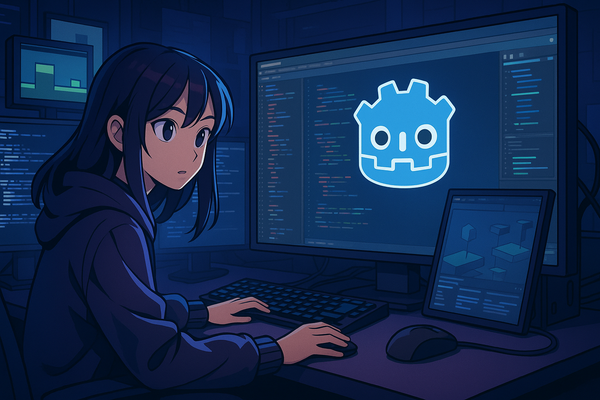Why playable demos are better than fancy trailers in indie game development
In the fast-evolving world of indie game development, marketing is as crucial as the game itself. While fancy cinematic trailers can generate hype and draw initial attention, they often fail to provide a true representation of gameplay. On the other hand, playable demos give players hands-on experience, allowing them to engage directly with a game’s mechanics, world, and story. Here’s why a playable demo is often a better investment than a flashy trailer for indie developers.
The problem with fancy trailers
Trailers, especially cinematic or heavily produced ones, are designed to build anticipation and show off the atmosphere, tone, or story of a game. For indie developers, this approach might seem appealing, as a well-produced trailer can give the impression of polish and professionalism(Derek Lieu). However, trailers often leave out critical elements of the game, especially for indie games that rely on unique mechanics or creative gameplay systems that are hard to convey in a short video.
- Unrealistic expectations: Cinematic trailers can create unrealistic expectations if the actual game experience doesn't match the polish of the trailer. Players may feel let down when the game doesn't live up to the visual or emotional impact portrayed.
- Lack of engagement: Trailers are passive. They show the game, but they don't let players experience it. With so many games on the market, a trailer alone may not be enough to keep players’ interest long-term(GameDev.net).
The value of playable demos
Playable demos offer a more interactive and engaging way to connect with potential players. A demo allows players to experience a slice of the game firsthand, helping them understand the mechanics, feel, and overall flow of gameplay. Here's why demos are particularly effective for indie developers:
- Building trust: A demo allows players to experience the game’s mechanics, controls, and art style in real time. This builds trust, as the player knows what to expect from the final product. A well-received demo can create a sense of anticipation and loyalty among players.
- Immediate feedback: Releasing a demo allows developers to gather valuable feedback early in the development process. By letting players try the game before release, indie developers can discover pain points or areas for improvement, refining the final product accordingly.
- Establishing a community: A playable demo offers players a way to become invested in the game long before its release. Players who enjoy the demo may become early advocates, promoting the game to others and building a community around it.
- True representation of gameplay: Demos are grounded in the actual game mechanics, offering players a genuine experience rather than the often-sanitized representation seen in trailers. This transparency is key for indie developers who rely on unique gameplay innovations to stand out.
Striking a balance
While a playable demo provides deeper engagement, trailers still serve a purpose. Combining a polished trailer with a demo can be a powerful one-two punch. The trailer draws initial attention, while the demo secures long-term player investment.
Playable demos build Long-Term success
While flashy trailers can generate short-term buzz, playable demos provide a more authentic and engaging experience for players. For indie developers, where budgets are limited and community-building is essential, offering a playable demo is a better strategy for building trust, gathering feedback, and fostering a dedicated player base. By prioritizing playable demos over cinematic trailers, developers can ensure that their game’s strengths are front and center, leading to long-term success.




